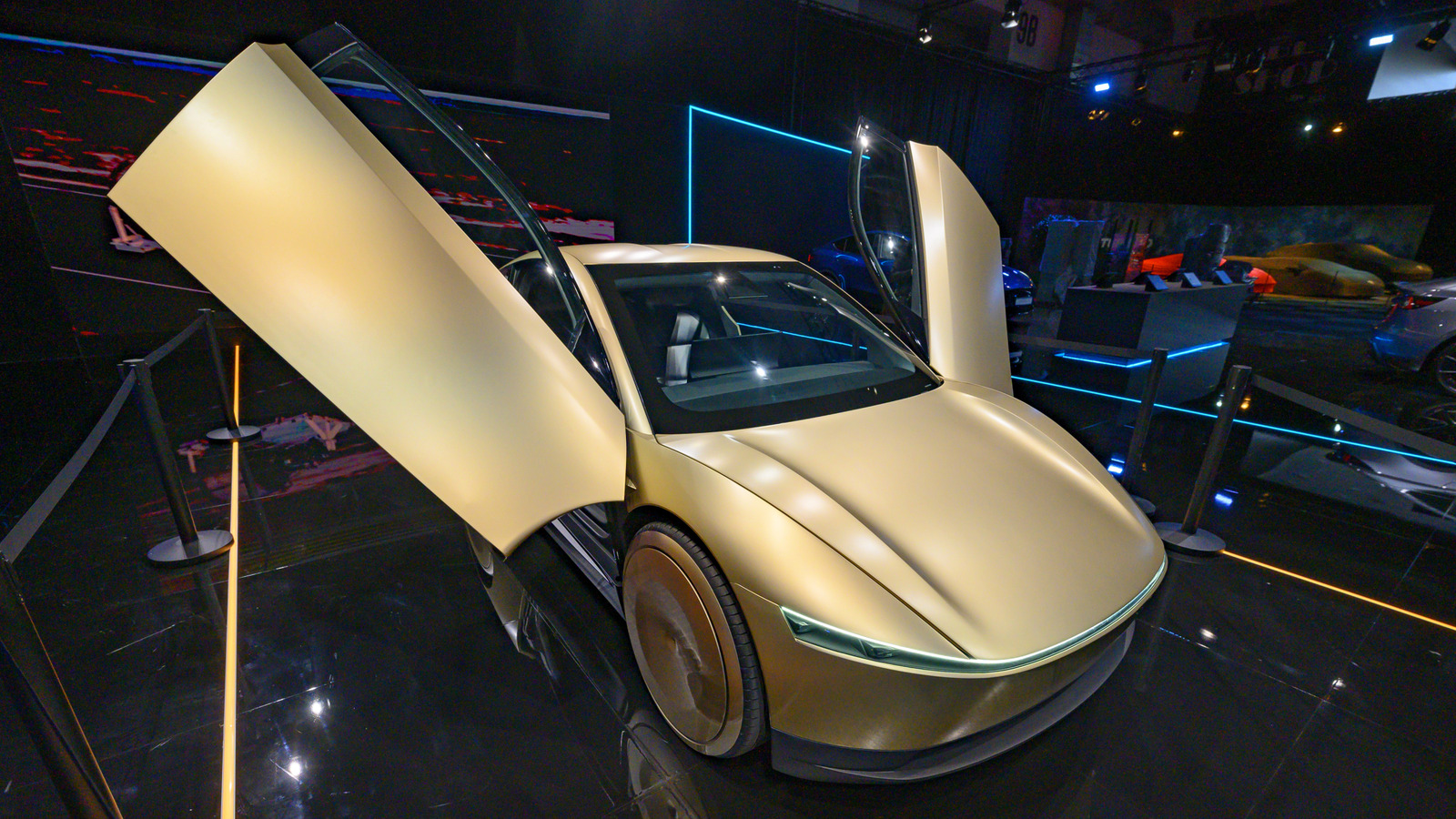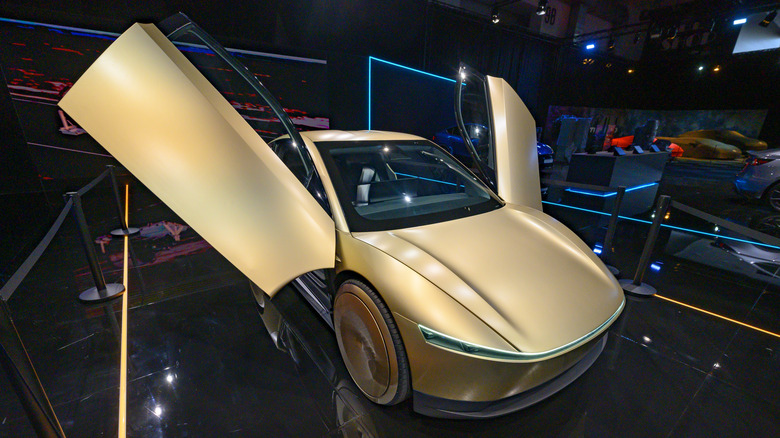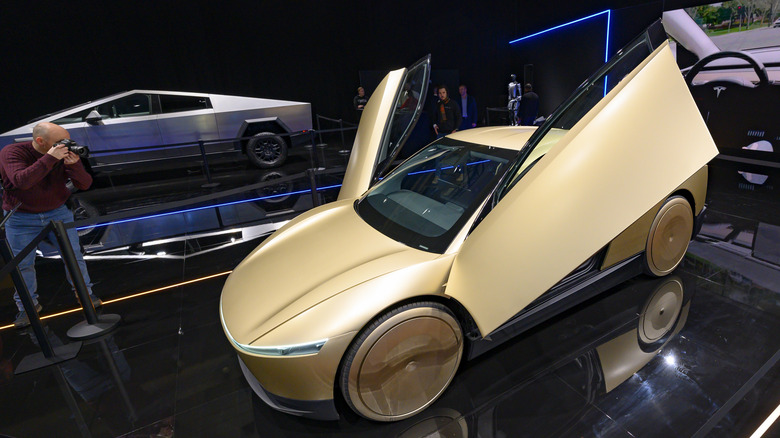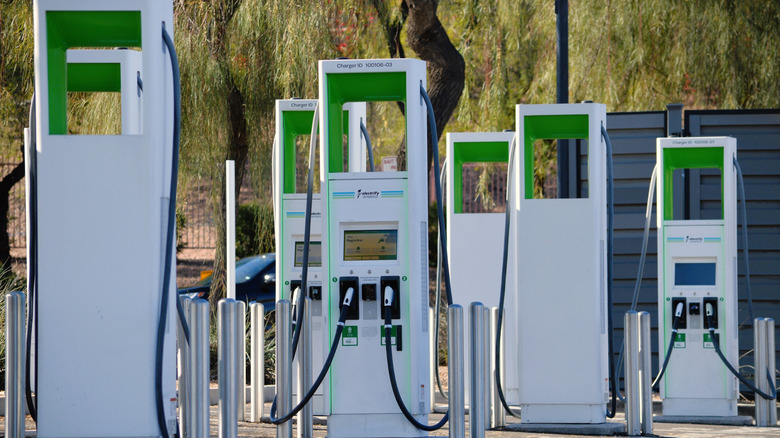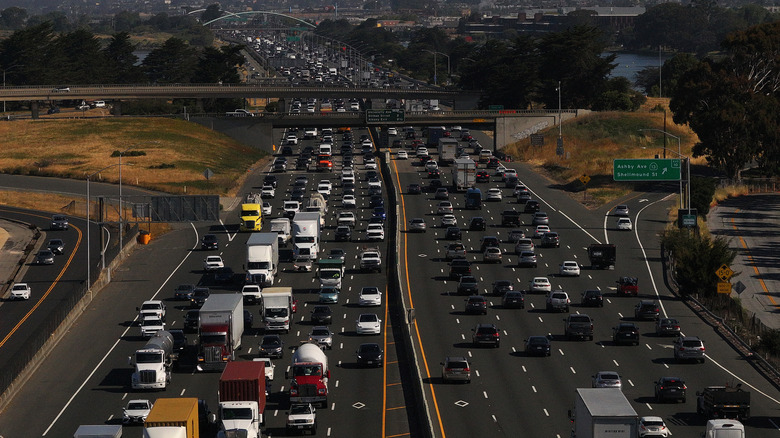Good morning! It’s Wednesday, March 21, 2025, and this is The Morning Shift, your daily roundup of the top automotive headlines from around the world, in one place. This is where you’ll find the most important stories that are shaping the way Americans drive and get around.
In this morning’s edition, Elon Musk says robotaxis are starting in Austin, Texas next month, EV charger installation is drastically down thanks to Trump, California’s bold gas vehicle ban might be ruined by the U.S. Senate and Amazon’s Zoox is heading to a new city.
Lock in. It’s another fun day of lofty promises and government meddling!
1st Gear: Tesla robotaxi rollout will be slow and unsteady
Elon Musk says Tesla is going to launch its autonomous ride-hailing service next month near its headquarters in Austin, Texas. Even if that does happen the number of cars and service area will be extremely limited for “safety reasons.” Oh, and they won’t be using Tesla’s bespoke “Cybercab” yet either.
Instead, it seems that Tesla will use 10 (yes 10) Model Ys to start its program with no one behind the wheel. Remote operators will monitor the vehicle for safety reasons, Musk said. He added that Tesla will start at “probably 10 for a week.” From there, it’ll increase to “20,30, 40.” Within a few months, Musk wants to be at “a thousand” and then it’ll expand to other cities. Given what we know about Tesla’s robotaxi promises, I wouldn’t hold my breath that any of this will really happen. From Automotive News:
Musk said the company is emphasizing safety first.
“We’re going to be extremely paranoid about the deployment, as we should be,” he said. “We’ll be watching what the cars are doing very carefully.”
In 2019, Musk predicted that Tesla would have 1 million robotaxis on the road by 2020 but has yet to deploy a single vehicle. Musk told CNBC he’s confident the technology is ready following recent testing.
“We have cars driving 24/7 with drivers in the cars and we see essentially no interventions,” Musk said of the Austin testing program. Interventions happen when a safety driver needs to take over for a variety of reasons.
Doing things in the name of “safety” is such a good cop-out for this program’s limited implementation. It’s going to be limited to sections of Austin that are easier to drive in — geofencing the vehicles to keep them within the area’s boundaries.
Musk also repeated his plan to have Tesla owners loan their vehicles out to Tesla’s robotaxi fleet for a share of the revenue. We’ll all be long-dead by the time anything like that happens, unfortunately.
Here’s to another chapter in Tesla’s long book of robotaxi promises. Let’s see where this page takes us.
2nd Gear: High-speed EV charger installation is dropping
The installation of high-speed electric vehicle chargers fell by over 21% across the U.S. in the first quarter of 2025 compared with a year earlier. If you’re a fool who thinks EVs are bad, then feel free to thank Donald Trump for this momentous achievement.
Don’t expect this trend to end anytime soon, either. House Republicans have proposed ending the Inflation Reduction Act tax credit for EVs and the Trump administration is looking to roll back auto emissions standards. There are going to be fewer incentives to buy EVs, meaning fewer chargers will be installed, meaning the overall EV experience will be worse for drivers. It’s a goddamn mess. From Bloomberg:
“The uncertainty has automakers scaling back EV investments,” BloombergNEF analyst Ash Wang said in an email. She added that “if we continue in this direction, BNEF’s outlook for annual US charger installations in 2030 could be adjusted downward by 30% or more.”
The group has already reduced its cumulative estimate for US charging installations to 285,000 from 360,000 this year due to the threats to EVs.
The IRA, signed by former President Joe Biden in 2022, offers tax credits of up to $7,500 for EV buyers. Wood Mackenzie analyst Emil Koenig said his firm’s charging projections are based on the EV tax credit since it’s still in place, though WoodMac still lowered its charging outlook compared to last year.
The bipartisan infrastructure law set aside $5 billion to build out the country’s EV charging infrastructure. Some states have already suspended charging projects tied to that money after the Trump administration hit pause on its implementation.
“President Biden’s ridiculous EV initiative promised much but delivered nothing, leaving American taxpayers to cover the cost of crony deals that enriched the Democrats’ base,” White House spokesman Harrison Fields said in response to questions about the slowdown in charging infrastructure. “President Trump was elected to dismantle the Green New Scam, and he is fully committed to doing so.”
Right now, there are over 208,000 public charging ports, according to the Energy Department. Bloomberg says that additions are moving too slowly to keep up with EV demand. There would need to be about 174,000 average installations every year to keep up with its 2030 projections. Keep in mind, that’s before Trump’s meddling.
3rd Gear: So much for states’ rights
This week, the U.S. Senate is planning to vote on a bill to bar Califonia’s plan to end the sale of gas-only vehicles by 2035. The plan has already been adopted by 11 other states. Earlier this month, the U.S. House approved legislation that repealed a waiver granted by the Environmental Protection Agency under President Biden last year that allowed the state to mandate at least 80% electric vehicles by 2035.
The move by the Senate could be great news for automakers who say the rules aren’t feasible. California, on the other hand, said the rules are essential to drop pollution. Lawmakers in the Golden State say the Senate’s vote is illegal. From Reuters:
“Automakers around the country would be forced to close down a significant part of their traditional vehicle production with serious consequences,” [Senate Majority Leader John] Thune said.
The Alliance for Automotive Innovation, representing General Motors, Toyota, Volkswagen, Hyundai and other major automakers has warned car companies could be “forced to substantially reduce the number of overall vehicles for sale to inflate their proportion of electric vehicle sales.”
The California Air Resources Board rules have been adopted by another 11 states, including New York, Massachusetts and Oregon accounting for nearly 40% of the U.S. auto market — but Vermont and Maryland have delayed compliance.
The U.S. House separately voted earlier to rescind the EPA’s 2023 approval of California’s plans to require a rising number of zero-emission heavy-duty trucks.
Senate Democrats — feckless as they are — have argued that the Senate is violating rules by moving ahead. In March, the Government Accountability Office said the waivers cannot be repeated under the Congressional Review Act, which only requires a simple majority of the U.S. Senate. I really doubt Senate Republicans care, though.
Here’s a little more on California’s plan:
California’s rules require 35% of light-duty vehicles in the 2026 model year to be zero-emission models. Automakers say it is impossible for them to meet that figure given current EV sales, which are 10% or lower in some states adopting the rules.
California says EVs must hit 68% of new vehicle sales by 2030. The U.S. Transportation Department is separately moving to undo aggressive fuel economy rules adopted by Biden and plans to declare that the Biden administration exceeded its authority in considering EVs when writing the rules.
I guess states’ rights don’t matter anymore.
4th Gear: Amazon’s Zoox heads to Atlanta
Zoox — Amazon’s autonomous driving unit — is taking its talents to Atlanta, Georgia. The city just so happens to be where Alphabet’s rival company, Waymo, is expanding with the help of Uber. Bezos’ company has already deployed a handful of test vehicles in the city’s downtown area, but those are just gas-powered vehicles that have a safety driver for mapping and data collection purposes. Full autonomous testing is slated to start sometime this summer. From Bloomberg:
Atlanta has emerged as a hot market for launching robotaxis and testing autonomous-vehicle tech. Waymo, which already offers hailable cars in Austin through the Uber app, is opening service for a limited selection of riders in Atlanta this week, also in partnership with Uber. This summer, Lyft Inc. also plans to launch a driverless ride-hail service with May Mobility.
[…]
In a crowded field, Zoox has been deliberately cautious and does not yet offer commercial rides for customers. Its main long-term focus is a purpose-built vehicle with inward facing seats, no steering wheel and no pedals that it plans to deploy as part of its own app-based service. It does not offer trips to the public for either vehicle type, outside of its employees, nor does it charge fares in any of the markets where it’s conducting tests.
Zoox is already all over the place when it comes to test markets. The Amazon company has testing set up in San Francisco, Las Vegas, Seattle, Austin, Miami and Los Angeles.
Reverse: I thought this was a free country!
You can read more about the first speed limit at History.com.
On The Radio: Motion City Soundtrack – Everything is Alright
There are few songs that capture the essence of pop-punk better than “Everything is Alright.” Motion City Soundtrack was never as big as Fallout Boy, Blink 182 or Sum 41, but it still had a great sound in its own right.


